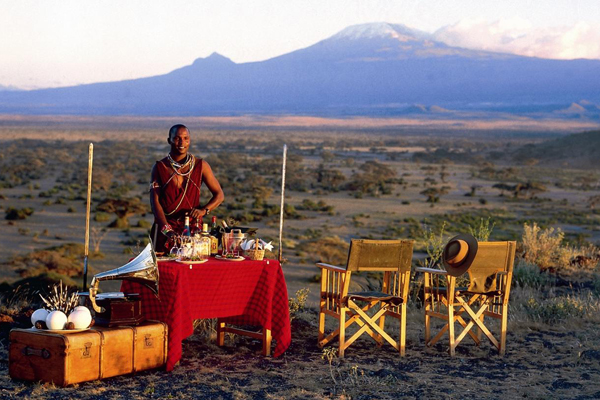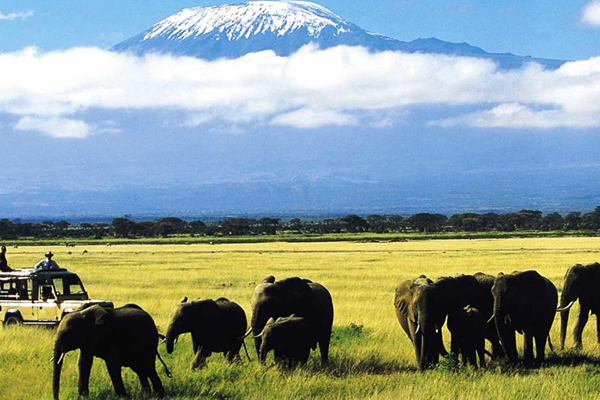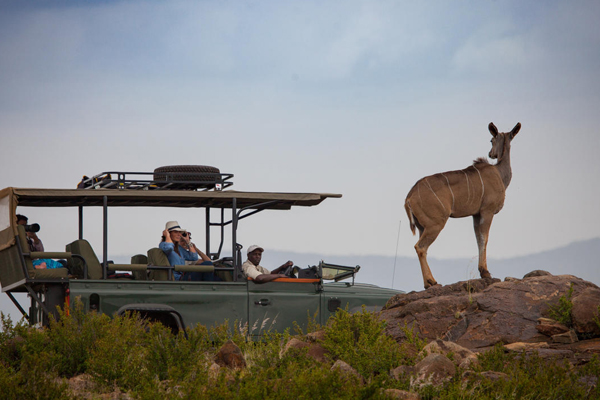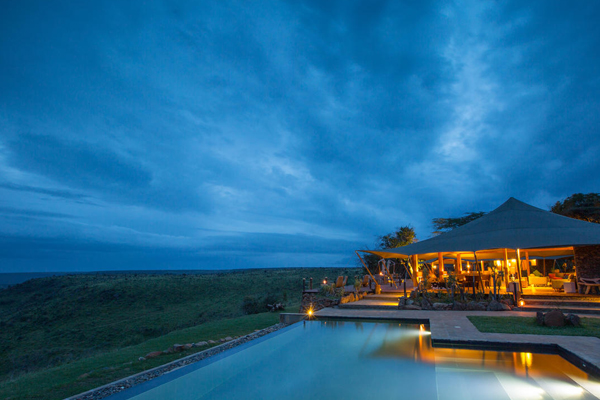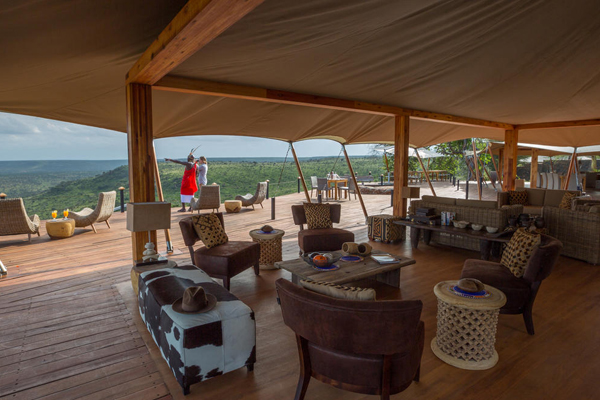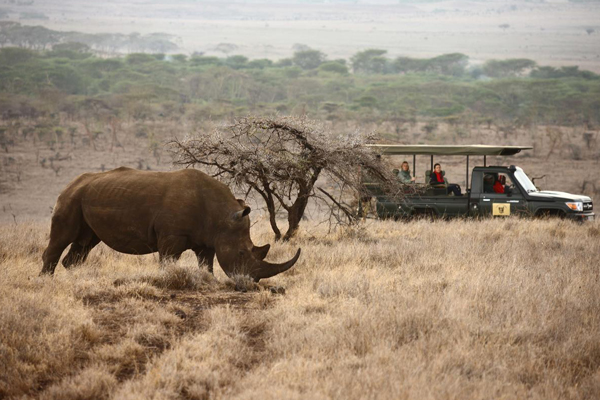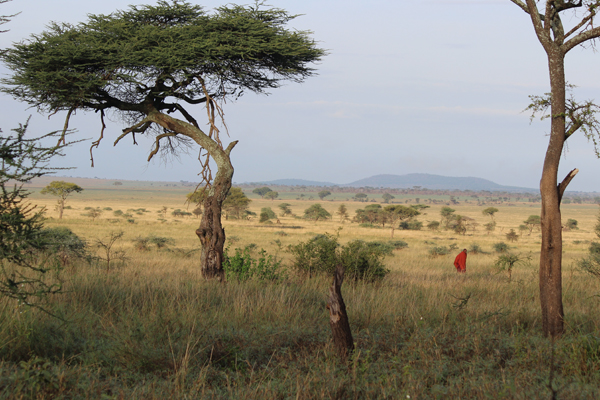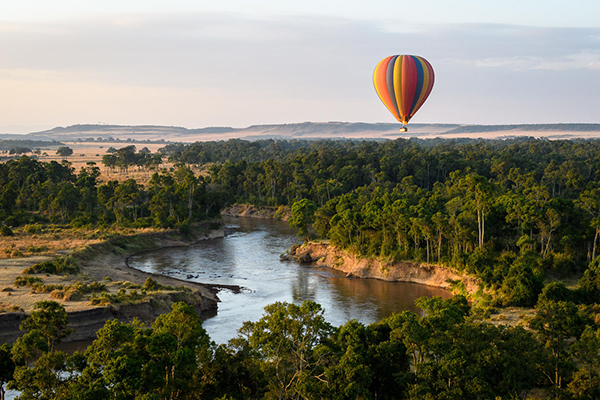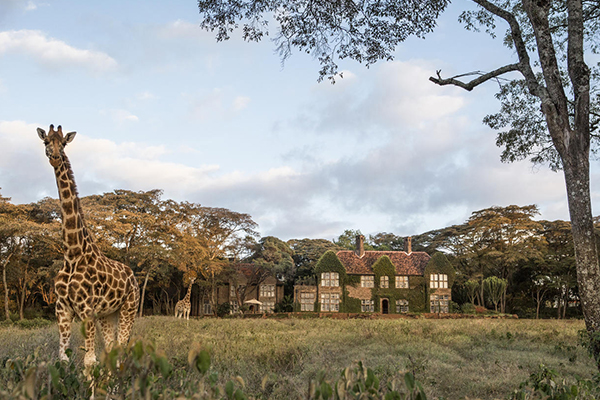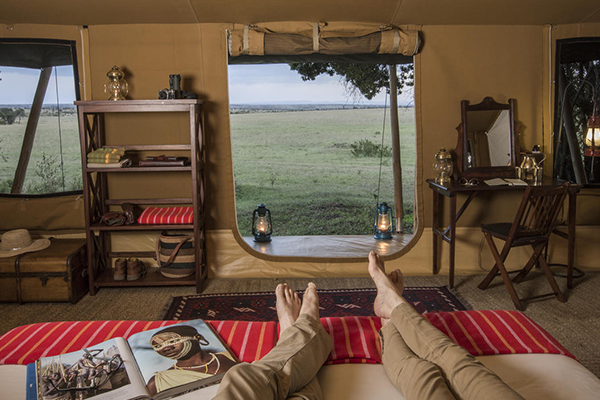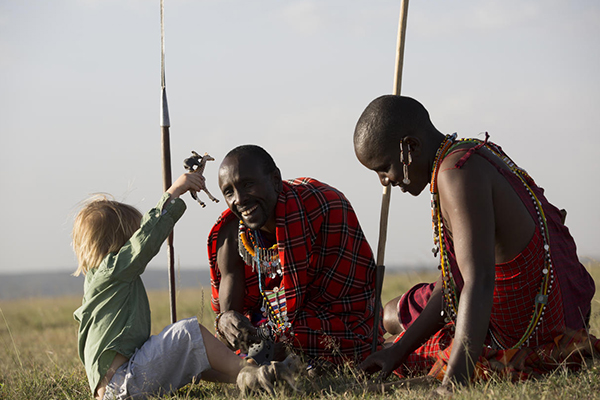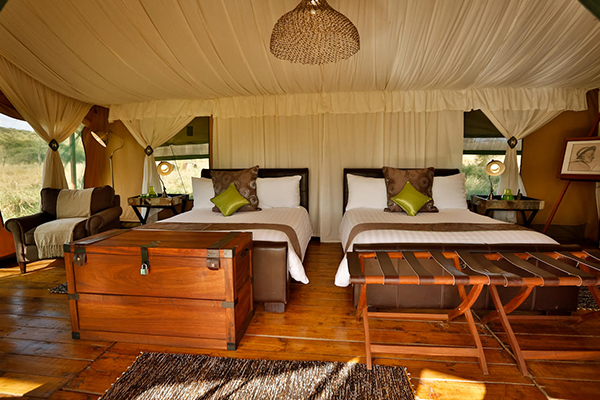Safari in Kenya provokes images of classic safari and wide open plains
Kenya is a country in East Africa with coastline on the Indian Ocean. It encompasses savannah, lakelands, the dramatic Great Rift Valley and mountain highlands. It’s also home to wildlife like lions, elephants and rhinos. From Nairobi, the capital, safaris visit the Maasai Mara Reserve, known for its annual wildebeest migrations, and Amboseli National Park, offering views of Tanzania’s 5,895m Mt.Kilimanjaro.
A carefully planned Kenya Safari will not disappoint.
Kenya’s wildlife is unrivalled by any other in the world, both in terms of species and sheer volume. Apart from the famous Wiledbeest migration, it is also the land of romance which tells the story between Denys Finch Hatton and Karen Blixen, so there is a huge amount of colonial history to be discovered as well.
A carefully planned Kenyan safari will not disappoint!
Kenya is a country in East Africa with coastline on the Indian Ocean. It encompasses savannah, lakelands, the dramatic Great Rift Valley and mountain highlands. It's also home to wildlife like lions, elephants and rhinos. From Nairobi, the capital, safaris visit the Maasai Mara Reserve, known for its annual wildebeest migrations, and Amboseli National Park, offering views of Tanzania's 5,895m Mt. Kilimanjaro.Long Rains - March/April – May/June
Short Rains –october – November/December
Temp - Summer avg. 25-28C, Winter avg. 18-22C
Language - Swahili, English
Monetary unit - Kenya Shilling
Visas - Single-entry visas are available upon arrival at Kenyan airports.Multiple-entry visas must be applied for prior to traveling to Kenya
Health Requirements - No innoculations required
Travel Insurance - Recommended
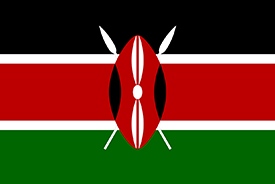
National Parks & Places of interest in Kenya
The Maasai Mara
The Mara is undoubtedly one of the most popular and well known national parks in the world for variety and volume of game. The Mara National park stretches 1,510 square kilometers (580 square miles) and raises 1,500-2,170 meters (4920-7120 feet) above sea level and it is an area of preserved savannah wilderness in southwestern Kenya along the Tanzanian border. Its animals include lions, cheetahs, elephants, giraffes, zebras and hippos as well as many different plains game. It’s the only place where elephant numbers are increasing. The elephant population declined from 167,000 in 1973, to a staggering 20,000 in 1990. But, by 2015, numbers had climbed to 30,000 and are still increasing.
The Mara River provides the lifeblood to the surrounding ecosystem. Without the essential water it provides, there would be no wildebeest migration and the ecosystem would look very different. No doubt, the best time to visit the Masai Mara National Reserve is during the wildebeest migration i.e. in July through to October.
The Short rain Months (Late September, October, November) generally offer a little rain falls in the early morning or late evening; but there is nothing which can hamper your enjoyment in Masai Mara. Even, the roads of the park are fine.
The dry months (December, January, February, Early March) can give you a good chance of seeing wildlife while gathering at the round watering holes. The Long Rains (late March, April, May, early June) are probably the low season in the reserve. As the rainfall will occur pretty much every day, so the road of the park will become impassable; even by 4WDs and a lot of the camps close down during this time.
Laikipia Nation Reserve
Laikipia National Reserve is a remote and truly wild corner of in the Northern Frontier of Kenya. The Laikipia National Park is renowkned for incredible game viewing in a spectacularly beautiful setting, which stretches from the snowcapped slopes of Mt Kenya to the rim of the Great Rift Valley. It boasts the second largest elephant populations in East Africa and is one of the last strongholds of the endangered black rhino. Vast open plains create a tranquil and secluded setting, where game drives encounter abundant wildlife with not another vehicle in sight. A wildly romantic haven, Laikipia shelters not only the Big Five but a variety of rare and endangered species, including African wild dog, Grevy’s zebra and the semi-aquatic sitatunga antelope. Horse Riding is a popular activity in this park and along with walking safaris and being able to run with the Masaai people.
Meru National Park
Meru National Park is noted for its fauna and natural beauty. It has many swamps and rivers lined with palms, as well as mountains and woodlands, and it is the setting for Joy Adamson's book "Born Free", which was later made into a successful film. The park is home to a large pride of lions, herds of buffalo, and hippos and crocodiles that live in the rivers.
Amboseli National Park
Amboseli National Park is in southern Kenya. It’s known for its large elephant herds and views of immense Mount Kilimanjaro, across the border in Tanzania. Observation Hill offers panoramas of the peak and the park’s plains and swamps. Varied wildlife includes giraffes, zebras, cheetahs and hundreds of bird species. The western section is dominated by vast Lake Amboseli, which is dry outside the rainy season.
Lake Nakuru National Park
On the floor of the Great Rift Valley, surrounded by wooded and bushy grassland, lies the beautiful Lake Nakuru National Park. Visitors can enjoy the wide ecological diversity and varied habitats that range from Lake Nakuru itself to the surrounding escarpment and picturesque ridges. Lake Nakuru National Park is ideal for bird watching, hiking, picnic and game drives.
Tsavo National Park
Tsavo is made up of two separate parks, Tsavo East National Park and Tsavo West National Park. Located in Coast Province of Kenya in between Nairobi City and Mombasa, Tsavo is nearly 22,000km2, being the largest national park in Kenya and one of the largest in the world. The park was split into two due to the railway going from Mombasa to the interior of Kenya. The savannah ecosystem comprises of open grasslands, scrublands, and Acacia woodlands, belts of riverine vegetation and rocky ridges including the Poacher's Lookout where visitors can see the teeming herds in the plains below. Tsavo West offers some of the most magnificent game viewing in the world and attractions include elephant, rhino, hippos, lions, cheetah, leopards, buffalos, diverse plant and bird species.
Kenya safari activities
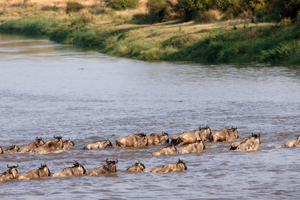
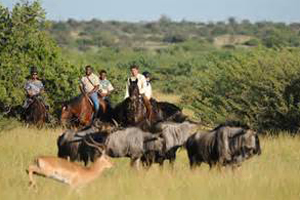
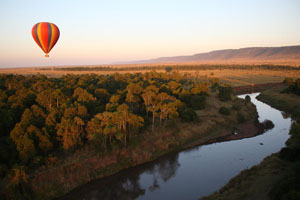
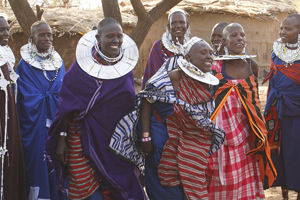
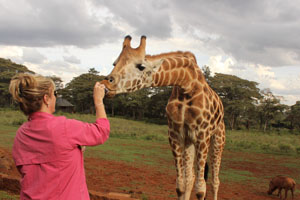
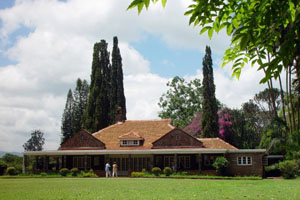

I could not imagine a trip to Africa without you both, but then we have mightily spoiled. The places you have booked us into are unbelievable. Not only are they most luxurious and beautiful, but those associated with the "camps" are knowledgeable--fabulous guides--and well trained in the art of serving and caring for guests--excellent dining as well. I know that you have researched each site, usually having been there yourselves. Your services are soooo complete and personal with every detail attended to. We all loved the "flip" itinerary book you did this past trip. And Sid does the best job in arranging for sightings of ALL the animals many times. What's more, you make it all such fun!
Tom & Lyndie Lamson, USA – South Africa and Zimbabwe

